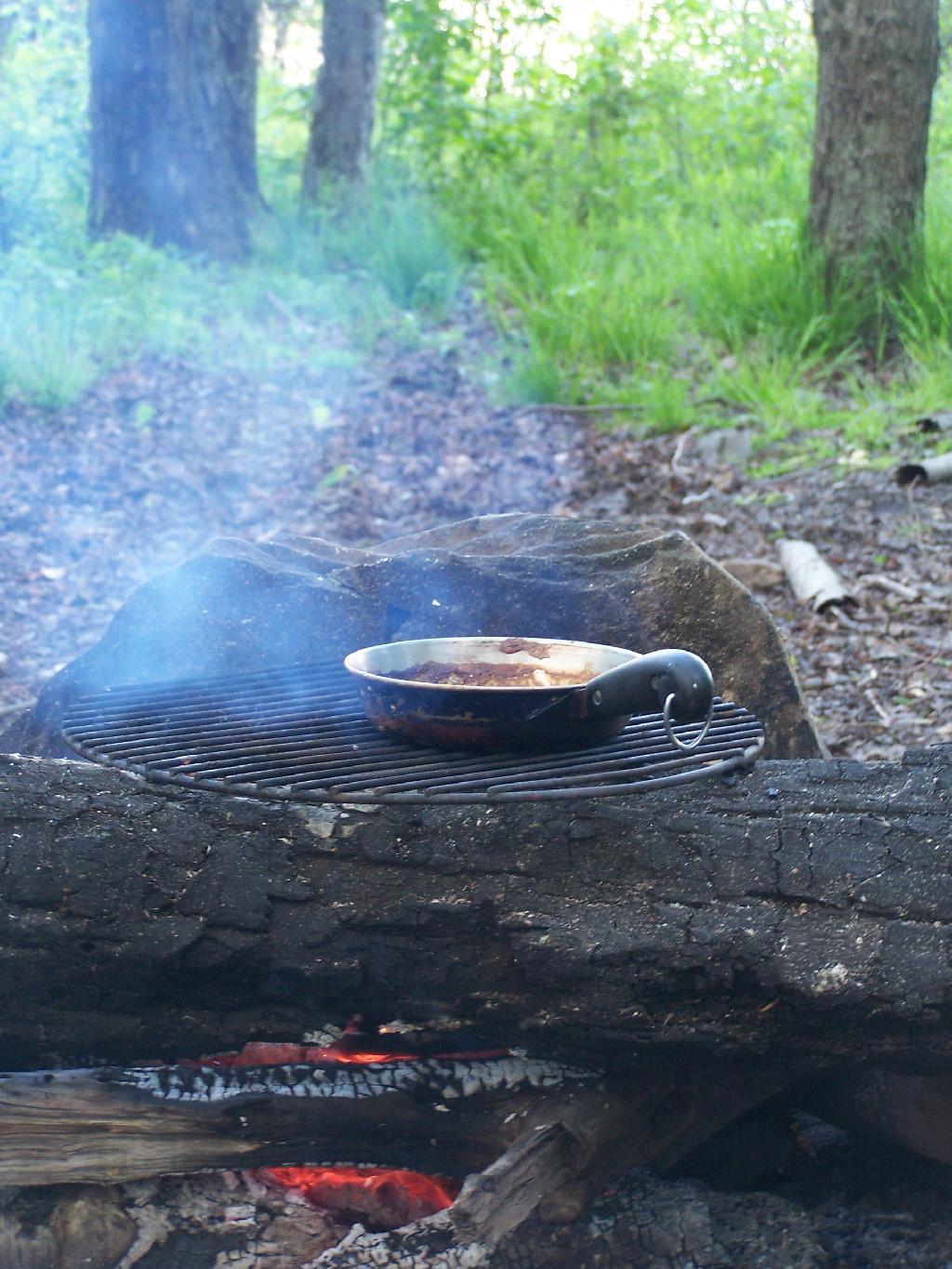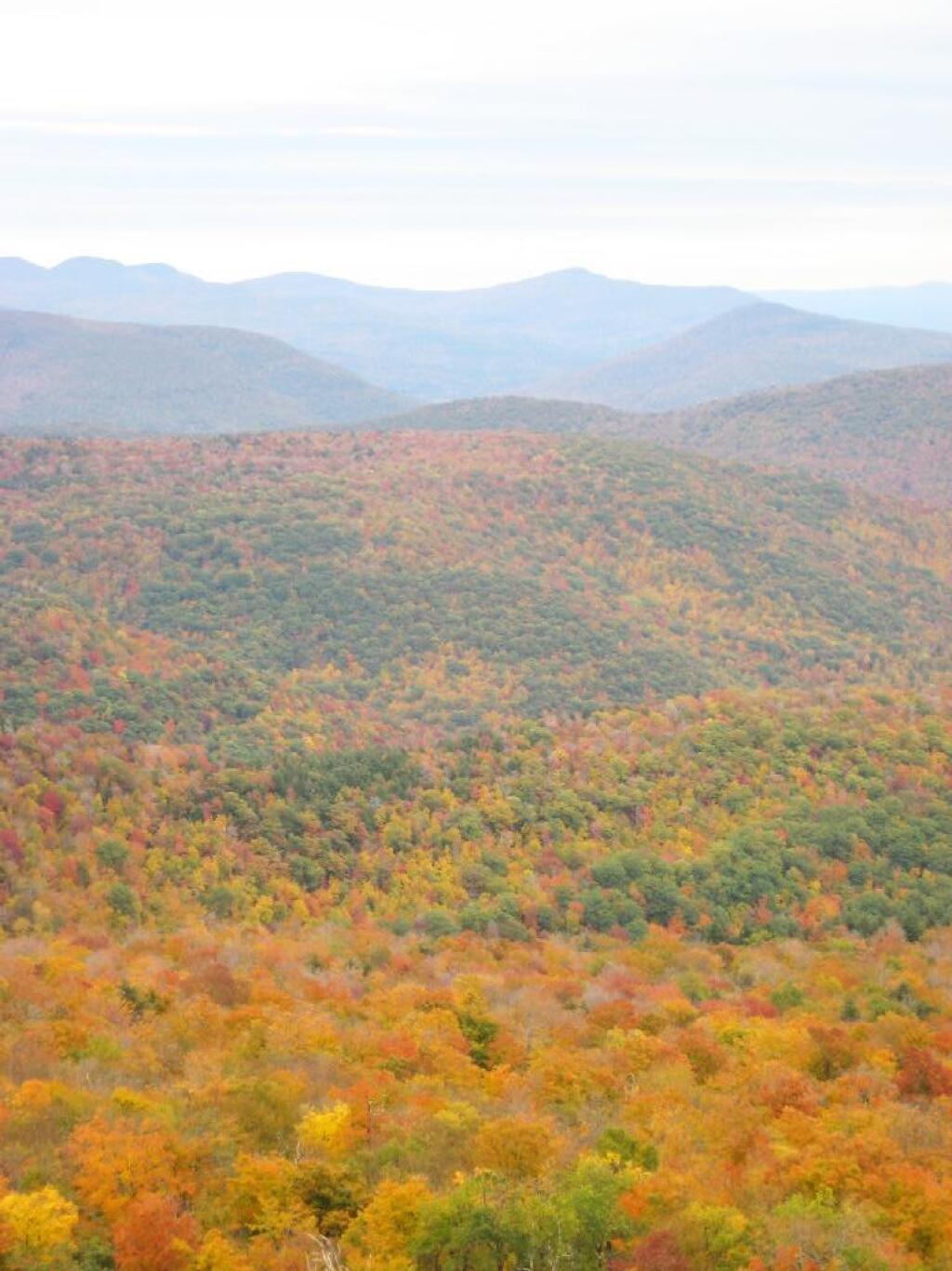While I doubt that it is possible to truly live outside of society in America today, I think it is an interesting subject to explore. To explore living outside of society is to gain a greater understanding of the self and to try to see what the rural life must truly be like. I do not think this essay fully answers that question, but I think it is a place to start with some thought. This essay is based in part of my thoughts gained by meeting a small-scale farmer in Schoharie County.
The first thing that comes to mind when thinking about living outside of society is the neccessity of land and money to purchase that land. To own your own land, would give you a little piece of the world where you can excerise at least some soverignity over. And if it’s rural and large enough, and you cultivate that land the right way you can turn it into a life beyond society. It is possible through family connections or some kind of donation to gain land without money, but for most of us, we must work for land.
That brings up interesting moral questions: how to make that money, before you quit society? Do you go an immoral, but legal route to gaining money quickly or do you give up a high-profit lifestyle for working a less profitable job, but doing the right thing before gaining that farm? I can not claim to answer that question for you, but it would seem if you are trying to escape an intolerable society it would seem that any means possible might be okay. Then again, you are simply making things worst if you take that attitude.
Second, what land do you purchase? Something that’s very far away from a city, or something near enough that even though you live outside society, you can still participate as you want. Do you get land that’s easily farmable, or do you find land that is more affordable or farther away from the evils of civilzation that you are trying to escape? I would think if your trying to an individual who wants to live outside of society, you would need to have good land that you can grow and produce most if not all of what you need, once you finally quit society. Still, so much of modern society is centered around modern technology, that it is nearly impossible to live completely outside of society as we know it today.
There are many conviences that we rely on in modern society. Corporate agriculture produces food for us cheaply and tastefully, our buildings contain many industrial materials like sheetrock and aluminum roofing, our lifestyle is surrounded by automobiles and power equipment. Few who repudiate society and choose a rural life are willing to give up their truck, their tractor, or their chainsaw. Are you willing to give them up to be more free and more outside of society as we know it today? Yet to live with such items means your dependent on outside sources and influences, such as the need to go beyond yourself to purchase fuel and parts for such machinary.
At one level, things might be changing to make the individual more indepedent of the oil economy, yet be able to participate in it’s benifits. In the far away future, the farm and it’s equipment will be able to be powered by solar and wind energy, burning hydrogen in their engines. Already, you can see farms that use solar powered electric fences, where a solar cell on a fence post collects electricity that is relased from a capicter when an animal touches the fence. Certainly, this technology requires an outside purchase, as you can’t grow silcon nor steel to make this fence, but instead are reliant on it’s existance.
Maybe the future is promising for a free rural life, but not without still many connections to society as we know it. Thoreau never really escaped the society of his era, and it seems even more impossible today. We rely on technology to such a high degree, that we have to accept it in running our household, our homestead, or farm—you actually end up living in society. At best we can choose to live a partially isolated life in rural America, but we are tied to all that makes urban society so evil. People in rural Montana still have to live under government, obey laws, act a certain way. The moral of the story is you live inside society so you have to embrace it in one way or another. Be it living on a farm or in an apartment, your just as much part of a community, though the prior does afford a greater freedom of action.

